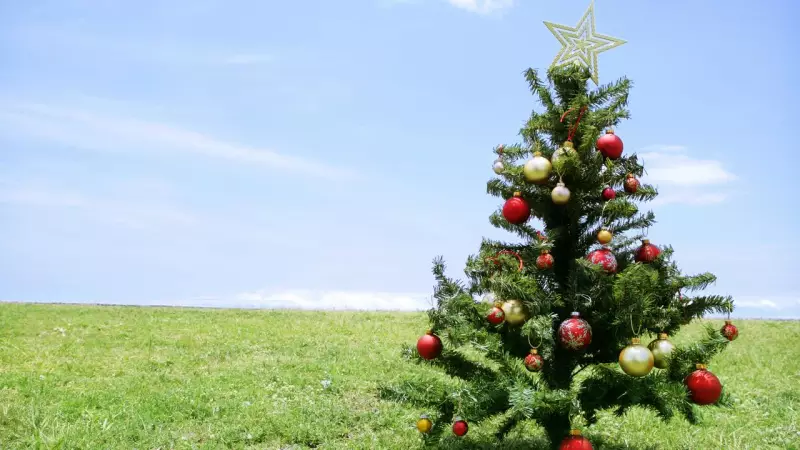
As December approaches, Australian households are facing one of the most divisive festive season decisions: whether to deck their halls with a real Christmas tree or opt for the convenience of an artificial alternative. This annual debate pits tradition against practicality, with families across the country taking firm stands on both sides of the argument.
The Environmental Battle: Real Pine vs Plastic
The environmental impact forms the core of the Christmas tree controversy. Proponents of real trees argue that living pines are biodegradable and renewable, with most Christmas tree farms planting new seedlings to replace each harvested tree. These living trees also absorb carbon dioxide during their growth cycle, making them a more sustainable choice in the long run.
However, artificial tree advocates counter that reusable plastic trees prevent annual cutting of living trees and can be used for multiple seasons. The manufacturing process and transportation from overseas factories remain the biggest environmental concerns for fake trees, with most requiring nearly a decade of use to offset their carbon footprint.
Cost and Convenience Factors
The financial aspect of the Christmas tree decision weighs heavily on Australian families. Real trees typically cost between $80 and $150 annually, depending on size and variety, creating a recurring expense each festive season. Artificial trees represent a larger upfront investment, usually ranging from $100 to $400, but can last for five to ten years with proper storage.
Convenience also plays a significant role in the decision-making process. Real trees require regular watering, drop needles, and need disposal after the holidays. Artificial trees offer easy assembly and storage but lack the authentic pine scent and natural imperfections that many Australians associate with Christmas nostalgia.
Australian Christmas tree farms have reported steady demand for real trees despite the growing popularity of artificial alternatives. Many families maintain the tradition of visiting tree farms together as part of their holiday rituals, valuing the experience as much as the tree itself.
The Cultural Significance in Australian Summers
The Christmas tree debate takes on unique characteristics in Australia, where the festive season coincides with summer heat. Real trees face additional challenges in the Australian climate, with hot weather accelerating needle drop and requiring more diligent watering routines.
Despite these challenges, the tradition of bringing a real tree indoors persists as a connection to European Christmas customs, even as Australians celebrate with beach barbecues and outdoor gatherings. The contrast between the northern hemisphere symbolism of snow-covered pines and the reality of Australian summer creates a distinctive cultural dynamic.
Many Australian families have developed creative compromises, such as using native Australian plants as alternatives or combining artificial trees with real pine branches for scent. Others maintain strong loyalties to their chosen side of the debate, passing down preferences through generations.
The emotional connection to Christmas trees remains powerful regardless of the type chosen. For many Australians, the tree represents family traditions, childhood memories, and the spirit of the holiday season—whether it's the authentic experience of a real pine or the practical convenience of an artificial alternative.





